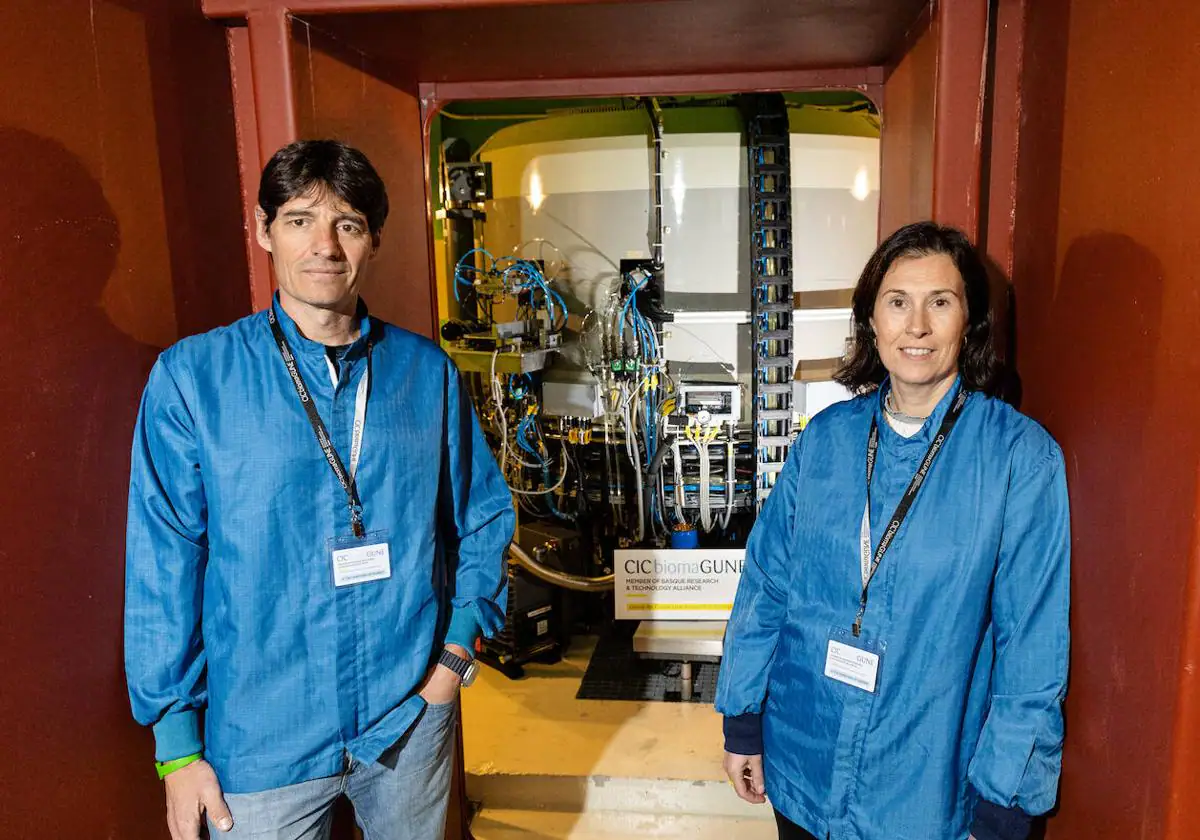Nanorobots against bladder cancer

Nanorobots that move independently throughout the body and are capable of detecting and shrinking tumors. After 8 years of research, a research team led by the CIC biomaGUNE center in San Sebastian and the Institute of Bioengineering of Catalonia (IBEC) was able to reduce the size of bladder tumors in mice by 90% by administering a single dose of powered nanorobots. by urea. The research has just been published in the prestigious journal Nature Nanotechnology and was developed in collaboration with the Institute of Biomedical Research (IRB Barcelona) and the Autonomous University of Barcelona.
Future medical applications of these nanometer-scale devices (1 nanometer is equal to one millionth of a millimeter) are “very promising.” Jordi Llop, a researcher at CIC biomaGUNE who co-led the project, explains the true scope of this study as it is “one of the first examples of the therapeutic effectiveness of nanomotors (particles capable of moving independently within the body) in a tumor. “This also opens up an important area of potential application in pathologies other than bladder cancer.”
Accumulation of nanorobots in tumors.
This work now opens the door to new treatments for bladder cancer that reduce hospitalization time. “With a single dose, we see a 90% reduction in tumor volume. This is much more effective when you consider that patients with this type of tumor typically visit the hospital 6 to 14 times. With this type of treatment we will increase efficiency, reduce hospitalization time and reduce the cost of treatment,” explains Samuel Sánchez, research professor at IBEC.
Autonomous movement
Llop explains the journey of these tiny particles throughout the body, which include various components with specific functions on their surface. One of them is the enzyme urease, a protein that reacts with urea present in urine, making them able to move on their own. In other words, “urea will be the fuel on which they will run autonomously.” Another key component is “a radioactive isotope that we connect to nanomotors that can kill tumor cells on its own. “We administer them locally to the bladder, which reduces the likelihood of side effects and avoids toxicity in other organs.”
Currently, research is at the preclinical stage, which includes studies on experimental animals. “We have tested the effectiveness of the treatment in a mouse model of cancer, and now a full toxicological evaluation of these nanomotors awaits. We hope that in about five years we will be able to start doing the first human trials,” he says.
The team is now studying whether these tumors reappear after treatment. And bladder cancer, in addition to having one of the highest incidence rates in the world and being the fourth most common tumor in men, is also one of the most recurrent: almost half of the tumors reappear after 5 years. According to these researchers, current treatments have shown good survival rates but low therapeutic efficacy, requiring frequent hospital visits.
Similarly, in previous studies, scientists have confirmed that the nanorobots’ ability to self-propel allows them to reach all the walls of the bladder. This is an advantage over the current procedure, in which, after injecting the drug directly into the bladder, the patient must change position every half hour to ensure the drug reaches all the walls.